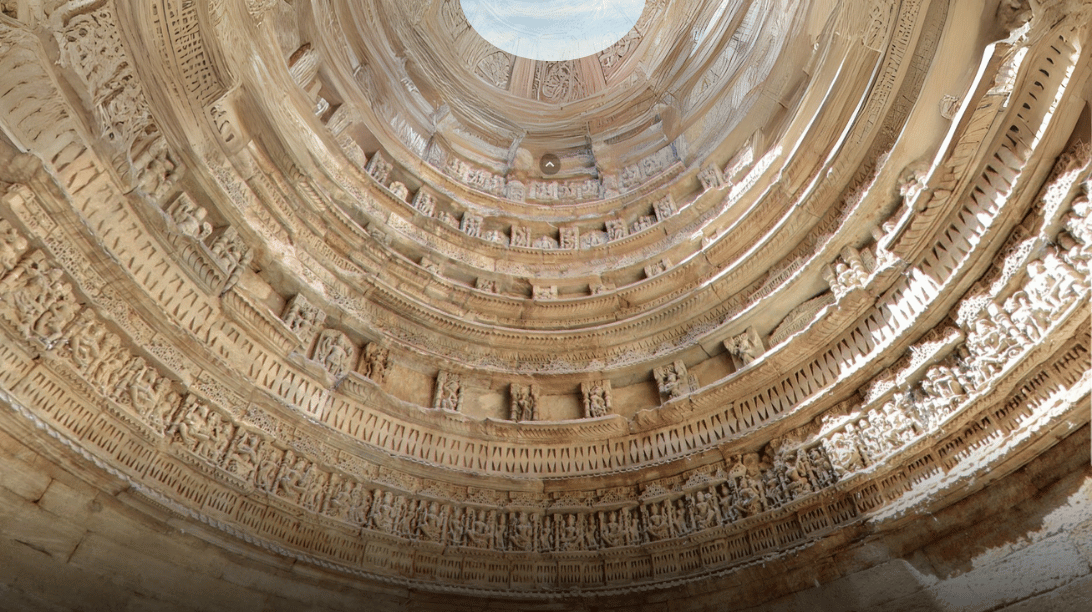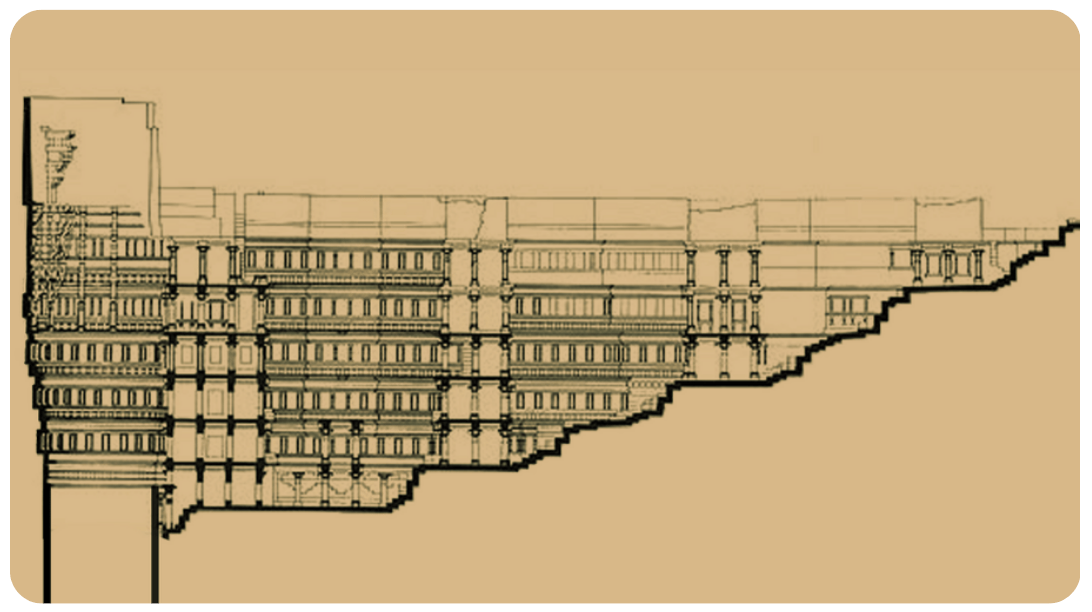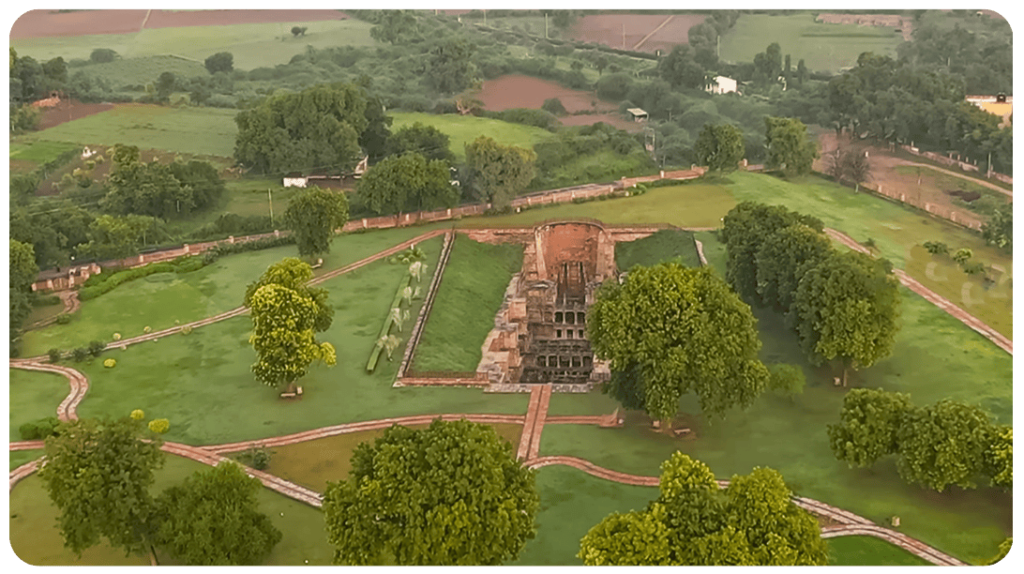
Nestled in the heart of Gujarat, India, lies an architectural wonder that defies imagination – Rani ki Vav, the Queen’s Stepwell. This UNESCO World Heritage site is not merely a water source; it’s a mesmerizing descent into a world of unparalleled artistry and engineering brilliance.

Testament of Time
Constructed in the 11th century in the Chaulukya dynasty, Rani ki Vav stands as a monumental tribute to King Bhimdev by his widowed queen, Udayamati. It was flooded by Saraswati river & silted over for centuries before getting rediscovered in 1940s. It was accidentally discovered by the British; however, they abandoned the excavation soon after realizing its depth was beyond their expectations. There have been multiple attempts, with the last one occurring in 1981. To date, it has not been fully excavated, as archaeologists find it increasingly deeper as they proceed. Currently, the region with pitch-black depths is restricted to public access


This inverted temple, plunging seven stories into the earth, has withstood the test of time, emerging from centuries of silt to reclaim its glory in the modern world.
Dimensions of Wonder
Although the excavation has not yet been completed, these are the measurements discovered to date:
Length: A staggering 64 meters (210 feet)
Width: An impressive 20 meters (66 feet)
Depth: A mind-bending 27 meters (89 feet) deep, equivalent to a 7-story building

Cascade of Artistic Brilliance
As you descend the steps, you’re not just walking, you’re traveling through a gallery of divine artistry:
- 700+ Exquisite Sculptures: Every surface tells a story, with over 700 intricate sculptures adorning the walls.

- The Dashavatar Panel: Marvel at the ten incarnations of Lord Vishnu, each carved with breathtaking detail.

- Celestial Beauty: Apsaras (celestial nymphs) and other mythical creatures come to life in stone.

- Geometric Precision: The stepwell’s design is a testament to the mathematical and architectural prowess of its creators.
A Living Legacy
Today, Rani ki Vav stands not just as a monument, but as a living piece of history. It continues to inspire artists, architects, and visitors from around the globe, its timeless beauty a bridge between past and present.

As you stand at the edge of this architectural poem carved in stone, you’re not just observing history – you’re experiencing the culmination of art, spirituality, and engineering that has captivated hearts for a millennium.





